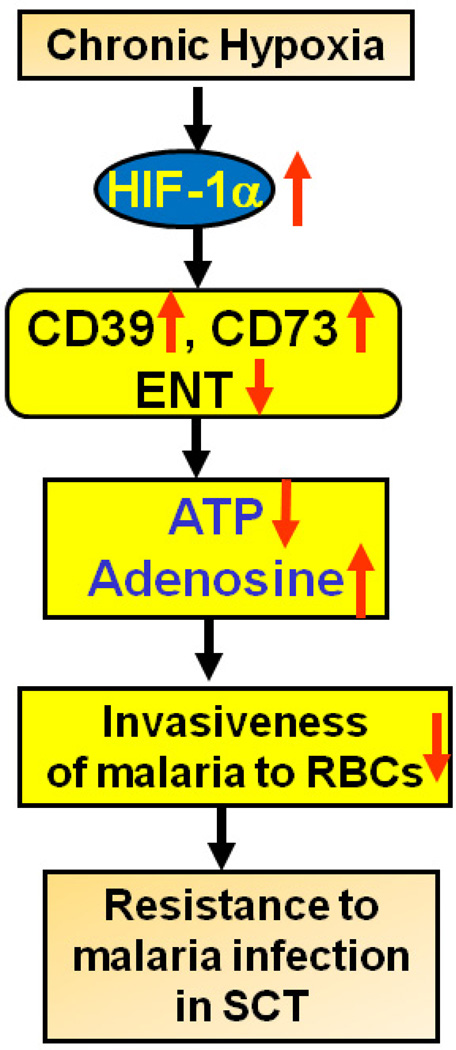Figure 4. Sickle cell trait (SCT), purinergic signaling and malaria.
SCT is associated with increased concentrations of free heme in the plasma, possibly due to accelerated autooxidation and heme loss due to instability of βS. This feature may contribute to a mild hemolysis and hypoxia that activates purinergic remodeling in nucleated cells, a transcriptional process that promotes changes in gene expression that favor the breakdown of ATP and the accumulation of adenosine. The breakdown of extracellular ATP may result in reduced parasite P2Y signaling on and impaired parasitic invasion of the RBCs.

